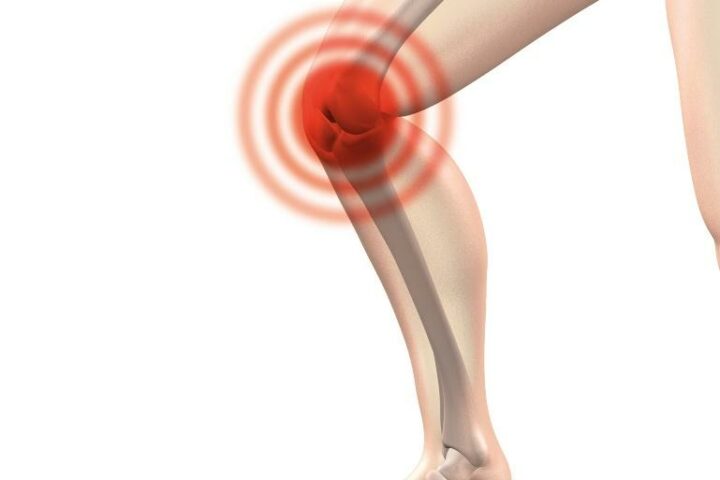Often patients complaining of numbness in the hand have been told (by another provider, possibly a friend, or from Dr. Google) that they must be suffering from Carpal Tunnel Syndrome. This is a ‘tunnel’ formed by the bones and joints of the wrist that contains the Median nerve, among other structures. In some cases the space in this tunnel can be reduced, thus compressing the nerve and creating symptoms of tingling and possibly grip weakness. This is an extremely common condition; it is actually the most common nerve entrapment in the body. Because this is such a common condition it is very easy to overlook other sources of tingling in the hand. As it turns out there are 4 other places the nerve could be compressed that could give you similar or identical symptoms! This includes the forearm (pronator teres syndrome), the chest (thoracic outlet syndrome), the neck (anterior scalene syndrome), and at the cervical spine (disc herniation/radiculopathy).
If there is more than one site of compression, you have something called Double Crush Syndrome. This doesn’t mean you don’t have carpal tunnel. In fact it’s most likely that you do, but there may be other contributing factors. And only treating one of the problem sites may leave you frustrated and still experiencing symptoms, as the nerve is still being compressed somewhere else. I have even seen patients who have gone as far as surgical release of the carpal tunnel only to wind up in my office having the same symptoms as before surgery without significant improvement after going under the knife. How can you be sure you are addressing all the factors? Make sure to get a thorough evaluation by a skilled and competent doctor. You can also have a test called a Nerve Conduction Velocity (NCV) study, which will measure the electrical output of the nerve at different points and differentiate where and why the nerve is not working. However this can easily be done bedside without the need for needles in your arm.
Treatment for this condition depends on which areas yo u are experiencing compression. But it typically involves soft tissue release of the muscles at the site of compression, Chiropractic manipulation of the joints in the affected regions, and exercises to improve posture. Poor posture, especially at a desk or with your phone, can lead to compression at each and every one of the spots we discussed. This becomes a problem when we spend hours, days, weeks, and years in these positions. Doing stretches and strengthening exercises to help keep you in a better posture will reduce the amount of irritation that is being placed on the nerves.
u are experiencing compression. But it typically involves soft tissue release of the muscles at the site of compression, Chiropractic manipulation of the joints in the affected regions, and exercises to improve posture. Poor posture, especially at a desk or with your phone, can lead to compression at each and every one of the spots we discussed. This becomes a problem when we spend hours, days, weeks, and years in these positions. Doing stretches and strengthening exercises to help keep you in a better posture will reduce the amount of irritation that is being placed on the nerves.
Are you ready to alleviate your numbness and tingling? Call (703) 723-9355 for an appointment with one of our many chiropractors, physical therapists, and acupuncturists that can help!
Kane PM, Daniels AH, Akelman E. Double Crush Syndrome. J Am Acad Orthop Surg. 2015 Sep;23(9):558-62.




